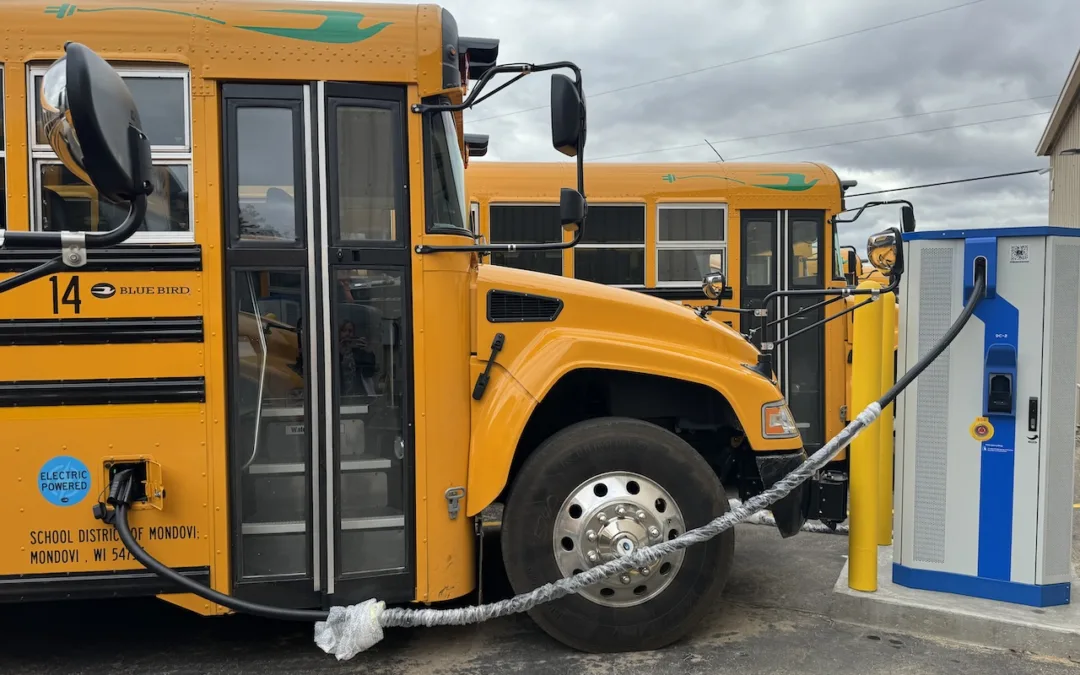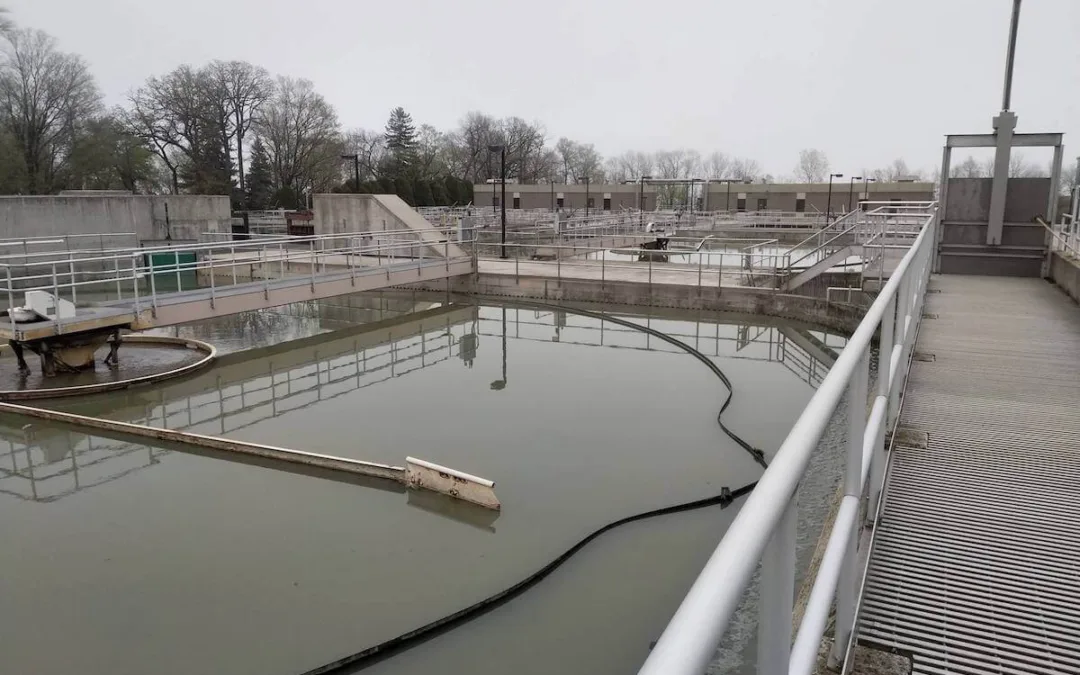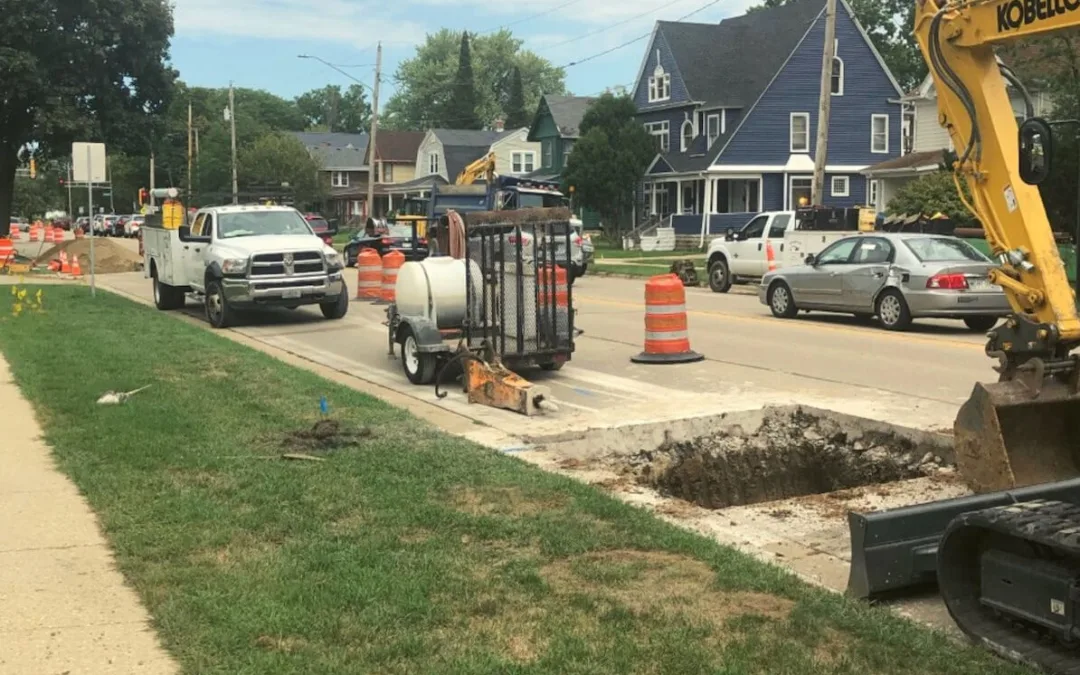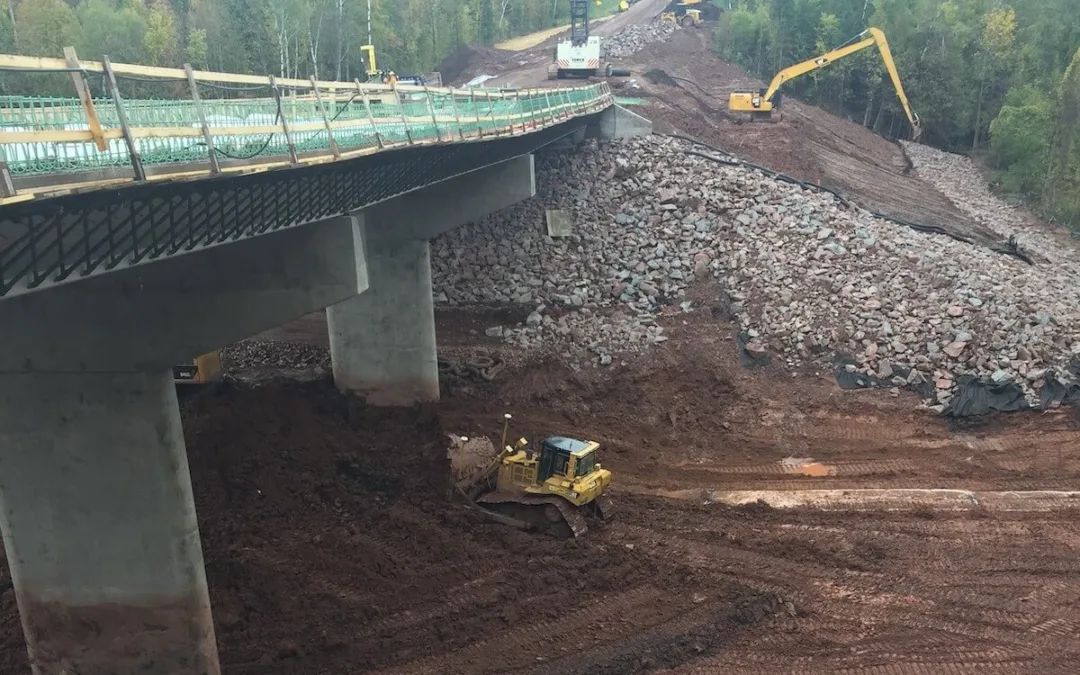
#image_title
#image_title
Legislature will be asked to do more as the pandemic requires more online time for work, school, and social contact.
For years business owners and others in Wisconsin’s rural areas have pursued better internet service as they increasingly struggle to access information online, but that assistance hasn’t come fast enough, as illustrated in a new report.
The challenges of staying connected have been exacerbated by the coronavirus pandemic that necessitates that people remain apart. That means communication of all sorts increasingly takes place with computers and phones, leaving people without access to high-speed internet service further and further behind.
Business owners in Wisconsin’s rural regions report difficulties operating as the need for broadband service outpaces their ability to access it. Even professions such as farming, typically thought of as more physical than technological, have become ever-more reliant on high-level internet service.
“So much of what we do now in agriculture is linked to the internet and technology,” said Danielle Endvick, Wisconsin Farmers Union communications director. “Pretty much everyone, no matter what business you’re in, needs high-speed internet these days.”
However, in many parts of Wisconsin–especially the less-populous ones–such connections aren’t possible. According to a report by the research organization Forward Analytics assessing high-speed internet availability, one of every four people living outside of the state’s urban areas lacks access to high-speed internet, or broadband, meaning they often can’t take part in activities in a world becoming ever more based on technology.
The report, titled “Broadband in Rural Wisconsin: Identifying Gaps, Highlighting Successes,” shows more than 430,000 people in Wisconsin, who make up 25% of the state’s rural population, lack access to high-speed internet. The study looked at broadband access data compiled by the Federal Communications Commission in 2019, the most recent available figures.
Wisconsin ranks 36th nationally in broadband access in rural areas. Broadband availability varies significantly across Wisconsin and generally is more accessible in urban areas and rural places near bigger populations than in those places with fewer residents, Forward Analytics Director Dale Knapp and Researcher Jack Votava wrote.
Rural portions of counties such as Waukesha and Racine counties generally have greater broadband access than people living in less-populated areas such as Rusk, Clark, Ashland, and Douglas counties, the report shows. Fewer than half of people living in those counties and five others in the state, including Iron County, can access high-speed internet.
Richland County in southwest Wisconsin ranked lowest in terms of the percentage of its population that has internet access at various download speeds, with broadband not available to 65% of residents there.
Racine County ranked best in the state, with 100% of residents having access to high-speed internet, defined as a download speed of 25 Megabits of data per second (Mbps). Sheboygan County ranked second and Milwaukee County third. Some rural areas, such as Vernon and Pierce counties, provided high broadband connectivity. More than 90% of people living in those locations have high-speed internet.
RELATED: Businesses, Education Need Broadband Expansion to Survive COVID-19
The report notes that while broadband gaps in rural areas exist, the vast majority of rural residents–93.6%–have internet speeds of 10 Mbps or higher, while the national average is 91.3%. However, the report notes, 10 Mbps is increasingly not sufficient to meet modern internet needs. Additionally, the report says, in the counties with 10 Mbps of service, higher speeds will come through upgrades to existing service, and portions of those areas lacking even 10 Mbps service are unlikely to see improvements.
Bobbi Rongstad, who lives in Iron County between Hurley and Ashland, knows firsthand about spotty internet service. Each time she logs onto Zoom meetings with friends, she knows those virtual conversations will include periodic interruptions.
Talks cutting-off in mid sentence. Images freezing on computer screens, as if participants are stuck in place. People disappearing from discussions altogether.
“Every time we have one of those meetings we have problems staying connected,” said Rongstad, an Iron County resident who lives between Hurley and Ashland. “Just simply trying to have a half dozen of us on a Zoom meeting is a struggle.”
Of Wisconsin’s 72 counties, Rongstad’s home in Iron County ranks 66th in terms of overall internet access. The report shows 47.8% of people living there can access internet 25 Megabits per second (Mbps) speed, the level needed to quickly download most currently available online information.
Despite problems she sometimes has with internet access, Rongstand considers herself lucky. The provider in her area upgraded equipment near her home, she said, boosting capacity.
But many people who live in her region have poorer access, she said, or don’t have it at all. One friend heads to a neighbor’s house for such seemingly basic tasks as downloading PDFs because her internet service is so poor, Rongtad said.
“My service certainly isn’t great, but it’s way better than most of my friends,” she said.
Pandemic Exposes Problems
Gaps in broadband service have been made even more evident during the ongoing coronavirus pandemic as businesses and others have increasingly relied on online communication because of the contagious nature of the virus.
“The pandemic has made telecommuting, virtual meetings, and online education commonplace, placing greater demands on broadband infrastructure,” the report states.
Wisconsin schools have been especially impacted by the pandemic and have spent much of last year teaching students online in an effort to reduce COVID-19-related infections. State education leaders have said disparities between school districts and students have been exacerbated during the pandemic, in part because some students lack adequate internet service.
“It’s not a choice anymore to be on the internet or not,” said Christina Brey, spokeswoman for the Wisconsin Education Association Council. “This has been a need for a while, and the pandemic is shining a light on just how big that need is.”
Schools in rural parts of the state struggle to provide online learning because of a lack of broadband access. Of those schools districts with fewer than 500 students, “nearly half reported significant problems with students accessing the internet at home,” the report states.
Increasing high-speed internet access in rural areas can be especially costly because there aren’t enough people living there to make investments there profitable, the authors of the study, Knapp and Votava, said. Much of the state relies on wireless towers for broadband service, but that may not work in the future as technology continues to change, the report states.
The report recommends that efforts to boost broadband take into account changing technologies. Local and state government can help by providing resources to increase service to those areas most in need.
State legislators have discussed the need to improve broadband access and provided $48 million as part of the 2019-21 state budget to connect unserved and underserved areas through the Broadband Expansion Grant Program. As of July, $44 million had been spent for that purpose.
A proposal in February by Sen. Jeff Smith (D-Eau Claire) would have provided $100 million to increase high-speed internet service in high-need parts of the state. But the Republican-led Legislature did not take up that proposal for a vote and instead approved a bill introduced by now-former-Rep. Romaine Quinn (R-Barron) that gives broadband providers a tax break as an incentive for providing that service.
In response to concerns, Gov. Tony Evers formed a broadband task force to find ways to boost broadband connectivity. He set a goal to provide affordable internet to all state residents by 2025.
Lawmakers acknowledge more must be done to connect more people to high-speed internet. Members of both political parties have pledged to do so as they begin work on the next state budget.
Rongstad certainly hopes those efforts lead to action that improves broadband service. Without it, she said, Wisconsin’s rural areas will be left further behind.
“There are a lot of people who really don’t have much (internet) access,” she said. “It isn’t a want. It’s a need.”
Politics

Eric Hovde’s company exposed workers to dangerous chemicals, OSHA reports say
A Madison-based real estate company run by Wisconsin US Senate candidate Eric Hovde settled with the Occupational Safety and Health Administration...

Plugged in: How one Wisconsin school bus driver likes his new electric bus
Electric school buses are gradually being rolled out across the state. They’re still big and yellow, but they’re not loud and don’t smell like...
Local News

Stop and smell these native Wisconsin flowers this Earth Day
Spring has sprung — and here in Wisconsin, the signs are everywhere! From warmer weather and longer days to birds returning to your backyard trees....

Your guide to the 2024 Blue Ox Music Festival in Eau Claire
Eau Claire and art go hand in hand. The city is home to a multitude of sculptures, murals, and music events — including several annual showcases,...




